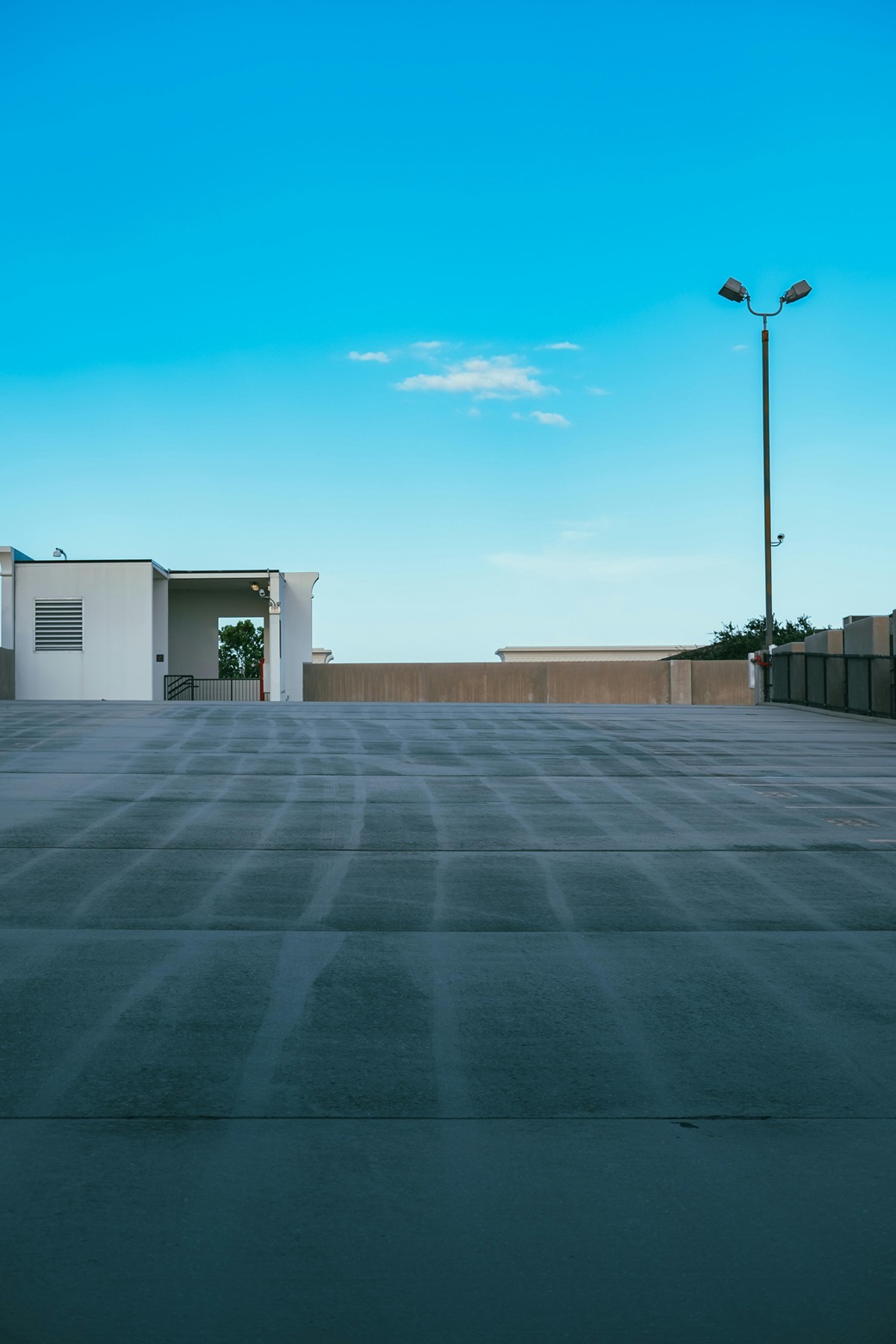Canada’s diverse climate, ranging from frigid winters to hot summers, demands robust and adaptable roofing solutions for commercial buildings. This article explores the most popular commercial roofing solutions in Canada, highlighting their benefits and suitability for different environments.
Thermoplastic Polyolefin (TPO) Roofing
Thermoplastic Polyolefin (TPO) is a single-ply roofing membrane that has gained popularity due to its durability, energy efficiency, and ease of installation. TPO roofing is known for its resistance to UV rays, chemicals, and punctures. This makes it an excellent choice for commercial buildings exposed to harsh weather conditions.
Benefits
- Energy Efficiency: TPO roofs are highly reflective, reducing cooling costs during the summer.
- Durability: Resistant to tears, punctures, and chemical exposure.
- Environmentally Friendly: TPO is 100% recyclable, making it a sustainable option.
- Suitability: TPO roofing is ideal for businesses looking for a cost-effective, durable, and energy-efficient solution. It’s particularly suited for flat or low-slope roofs commonly found in commercial structures.
Ethylene Propylene Diene Monomer (EPDM) Roofing
Ethylene Propylene Diene Monomer (EPDM) is another single-ply membrane roofing solution, known for its exceptional durability and weather resistance. EPDM is made from synthetic rubber, which provides excellent protection against extreme temperatures, UV radiation, and ozone.
Benefits
- Longevity: EPDM roofs can last up to 30 years with proper maintenance.
- Flexibility: The material remains flexible in cold temperatures, preventing cracks.
- Ease of Repair: Simple to repair and maintain over its lifespan.
- Suitability: EPDM roofing is well-suited for various climates, particularly in areas with significant temperature fluctuations. It is also a good choice for green roofs and solar panel installations due to its compatibility with these systems.
Modified Bitumen Roofing
Modified Bitumen roofing systems are asphalt-based and are widely used for commercial roofing applications. This type of roofing combines traditional roofing materials with modern polymers to enhance performance.
Benefits
- Durability: Highly resistant to tears and punctures.
- Weather Resistance: Excellent performance in extreme weather conditions, including heavy snow and ice.
- Multi-Layer Protection: Typically installed in multiple layers, providing robust protection.
- Suitability: Modified Bitumen roofing is suitable for buildings in regions with severe weather conditions. Its multilayer application makes it ideal for roofs requiring extra protection and durability.
Built-Up Roofing (BUR)
Built-Up Roofing (BUR) is a traditional roofing method involving multiple layers of bitumen and reinforcing fabrics. This type of roofing has been a staple in commercial roofing for decades due to its reliability and proven performance.
Benefits
- Waterproofing: Multiple layers provide excellent waterproofing.
- Longevity: With proper maintenance, BUR systems can last up to 40 years.
- Fire Resistance: BUR systems offer enhanced fire resistance compared to other roofing types.
- Suitability: BUR is ideal for commercial buildings needing a long-lasting, reliable roofing solution. Its multi-layer composition provides excellent protection against water infiltration and fire hazards.
Metal Roofing
Metal Roofing systems are increasingly popular for commercial applications due to their longevity, durability, and aesthetic appeal. Common materials include aluminum, steel, and copper.
Benefits
- Durability: Metal roofs can last 50 years or more.
- Low Maintenance: Requires minimal maintenance compared to other roofing types.
- Energy Efficiency: Reflective properties help reduce cooling costs.
- Suitability: Metal roofing is suitable for a wide range of commercial buildings, from warehouses to office complexes. It is particularly beneficial in regions prone to extreme weather conditions, such as heavy snow or high winds.
Conclusion
Selecting the right commercial roofing solution in Canada involves considering factors like climate, building design, and budget. TPO, EPDM, Modified Bitumen, BUR, and Metal Roofing each offer unique advantages tailored to different needs. By understanding these options, businesses can make informed decisions to protect their investments and ensure long-term performance.
Photo by ALTEREDSNAPS : https://www.pexels.com/photo/large-driveway-in-front-of-the-house-13068513/

